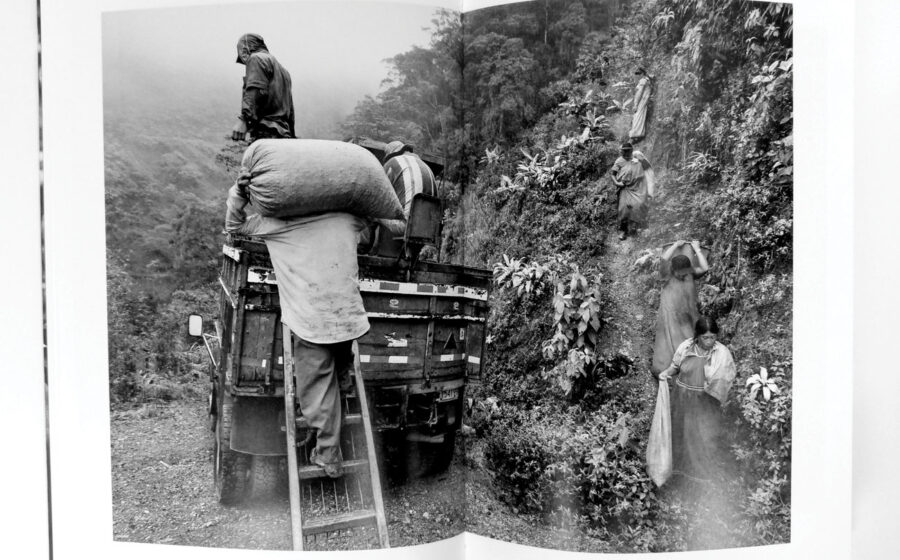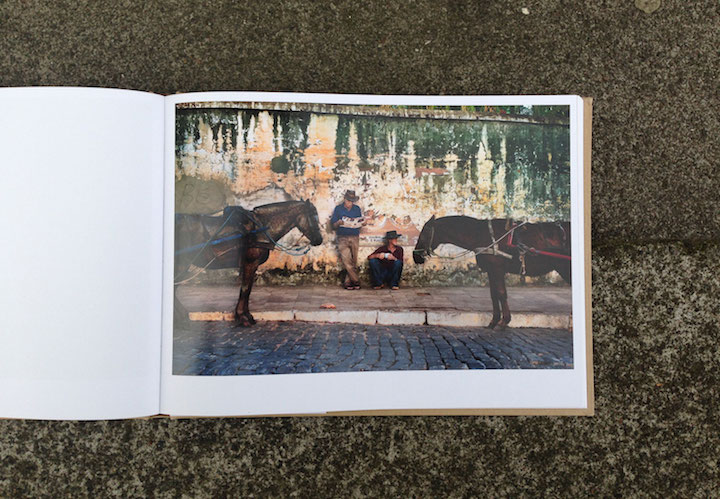[I]n less than a year, the coffee industry was blessed with two books of photography dedicated to the people and places who grow and harvest beans. It was a blessing because the books are by two of the arts’ greatest practitioners. In May, Steve McCurry released his book, From These Hands, and now Sebastião Salgado has issued The Scent of a Dream.
McCurry, whose best known photograph is the National Geographic cover of the young Afghan woman Sharbat Gula, is a painterly photographer, holding more in common with the Italian or Spanish Late Renaissance masters than with most modern photographers. The compositions in his book are formal and perfect, always with stunning pops of color and often featuring deep shadows. Salgado, who shoots in black-and-white, has long been the standard bearer of a looser but more active composition. Where McCurry’s photos read as totemic, Salgado’s are immediate.
Like McCurry’s, Salgado’s coffee images come from multiple decades and cover a massive range of countries, with more images of India and China than most readers will have seen before. The book essentially follows a harvest, starting with images of farms then moving to picking and all the way through processing to bagging of parchment. The photos are close to their subjects, putting you into the trees to pick cherries or in the line waiting to empty your basket.
The collection shows how misleading photos of picking can be. If you compiled a book simply of picking, coffee would be impossibly romantic. Workers moving among greenery, bright baskets, brilliant cherries, it’s strenuous work, but active. A few photos from Africa, including the cover image, struck me as unreal, like a Disneyland version of coffee, with one picker in traditional attire and another in a full suit. This is absent from the photos of sorting, which show nothing but drudgery. The mounded cherries are bruised and squished from their time in the baskets, the workers sit and reach over the pile in back-wrenching positions, and the work is obviously monotonous in the extreme.
Showing this is good. Both men’s books were funded, in part at least, by coffee companies (Lavazza supported McCurry, while illy patronized Salgado) and the images used by the companies peddle an agrarian romanticism that any trip to origin will explode. The books, especially Salgado’s, don’t. His father owned a coffee mill in Brazil, so the photographer has a long connection and deep understanding of the work. His images, whether breathtaking in their beauty or their depiction of grueling work, reveal what it takes to harvest and process coffee and connect us to those who do the job.
—Cory Eldridge is Fresh Cup’s editor.


















